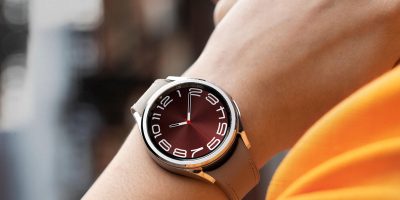Smart wearables are in a funny spot right now – a recent study shows that wearable users (during Q4 2022) purchased less wearable devices in general, despite the addition of new and useful hardware features. Data from a research conducted by analytics firm Canalys showed that sales of wearables have declined, with an 18% drop in shipments compared to previous Q4 numbers. This has affected several OEMs, including Apple which usually sees a good amount of sales from its Apple Watch series.
One big surprise however is Google – despite dropping 25% due to weak Fitbit sales, the company was able to somewhat soften the blow with a considerable 16% increase in smartwatch sales, attributed to the launch of its flagship Pixel Watch series, which was introduced a number of months ago.
While some people have dismissed the Pixel Watch as somewhat not up to par with the competition due to somewhat “lesser” specs, the device itself has the distinct advantage of receiving first-hand software and feature updates from Google. By comparison, a number of older Wear OS devices still have to receive Wear OS 3, which itself is already available on the Pixel Watch. Recently, Google added Fall Detection functionality to the device via a software update as well, and we can expect more features to follow in the future.
Launched back in October of 2022, the Pixel Watch is Google’s first “official” first-party smartwatch. While recent Fitbit devices fall under Google’s jurisdiction since the latter’s acquisition of the fitness tech brand a few years back, the Pixel Watch is the first wearable to share branding with Google’s flagship smartphone range.
Source: Canalys










Comments